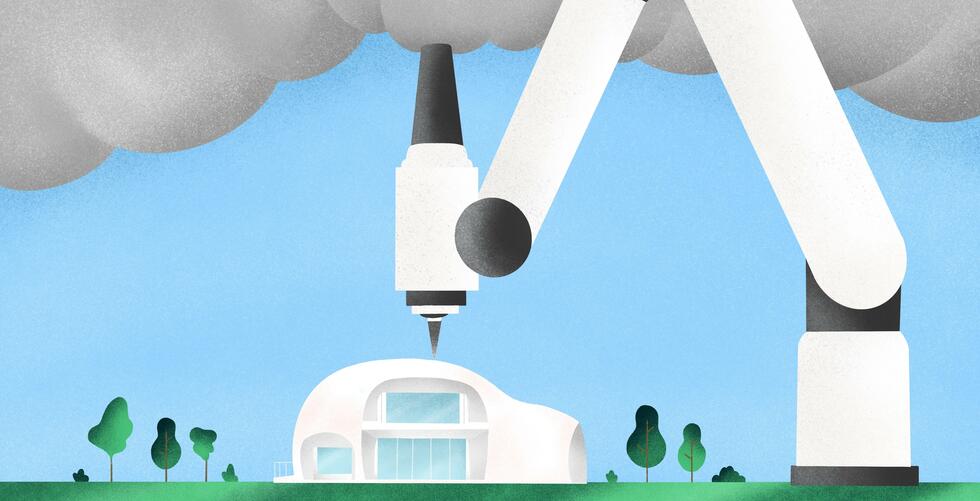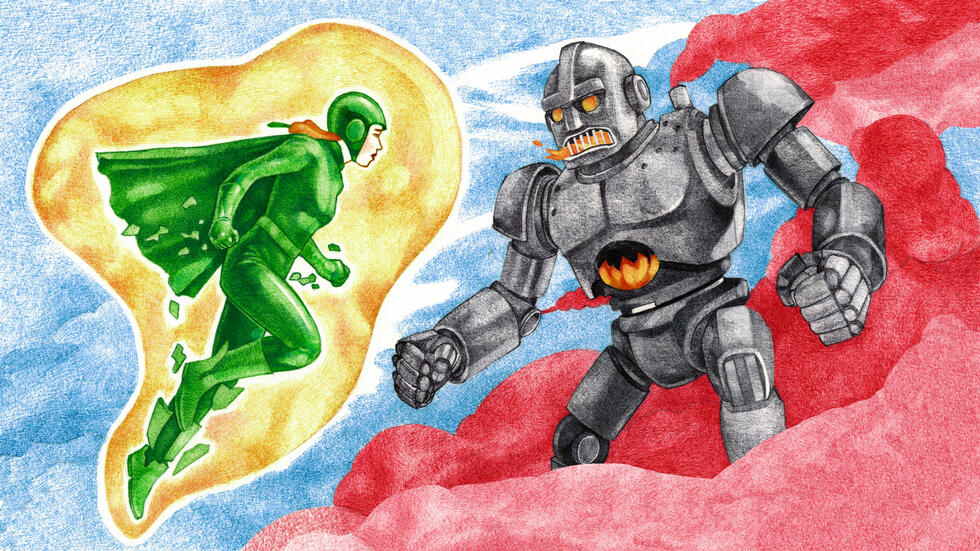SHORT NEWS
Salty gel could extract water from desert air
MIT engineers have developed a super-absorbent material that can soak up a record amount of moisture from the air - even in desert-like conditions.

When the novel material absorbs water vapour, it can swell to make room for more moisture. This works even in very dry conditions with 30 percent relative humidity without the material leaking. The water could then be heated and condensed to collect it as ultrapure water.
The transparent, rubbery material is made of hydrogel, a naturally absorbent material also used in disposable nappies. The MIT team further improved the hydrogel's absorbency by adding lithium chloride - a type of salt known to be a powerful desiccant.
Drinking water in the desert
The researchers found that they could add more salt to the hydrogel than had been possible in previous studies - and found that the salt-laden gel could absorb and retain an unprecedented amount of moisture. This was achieved across a range of moisture levels, including very dry conditions that had previously limited other material designs.
If the superabsorbent gel can be produced quickly and on a large scale, it could be used as a passive water collector, particularly in desert and drought areas, condensing drinking water. Its use in air conditioning systems as an energy-saving dehumidification element is also conceivable.







































































































